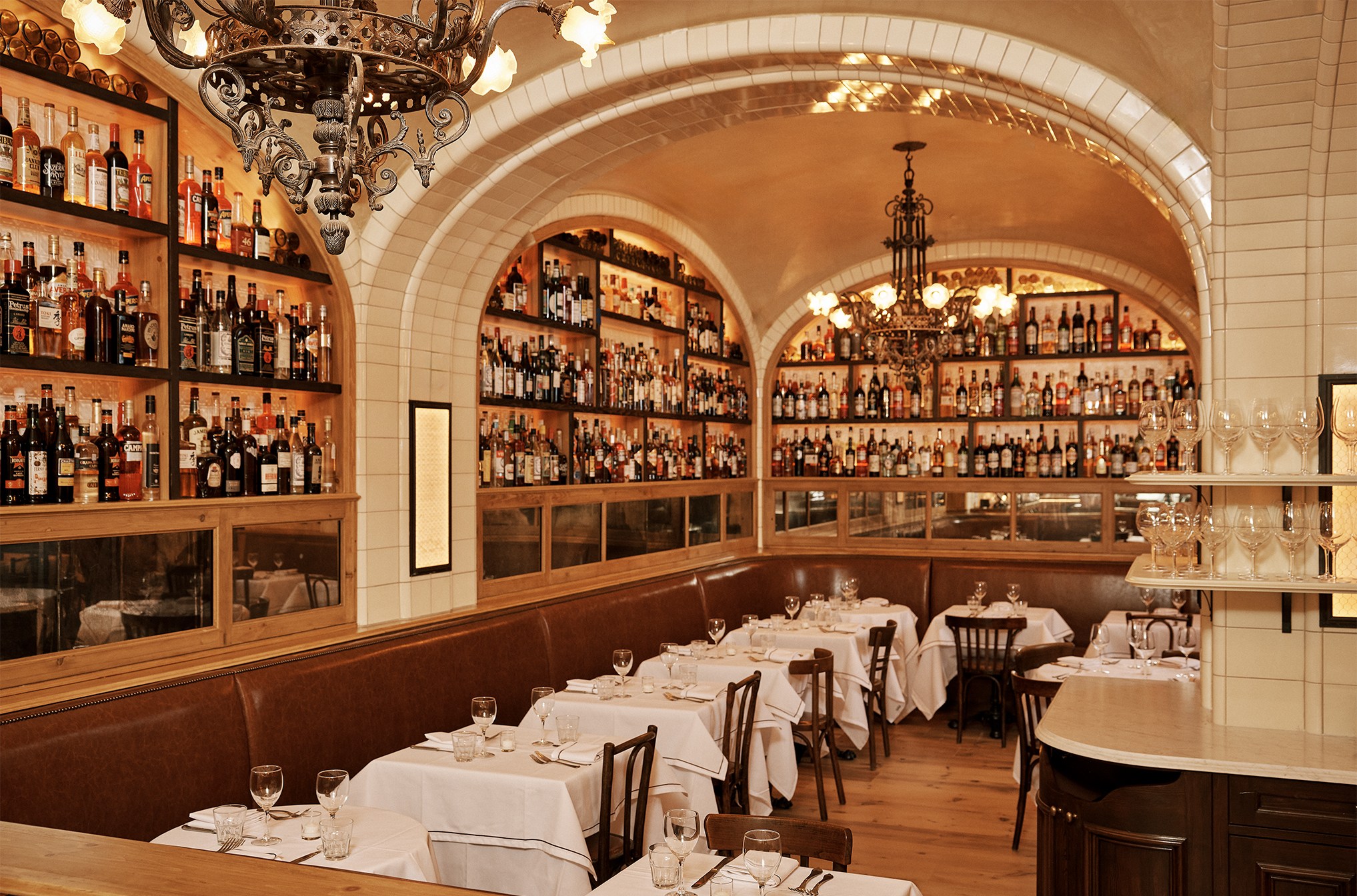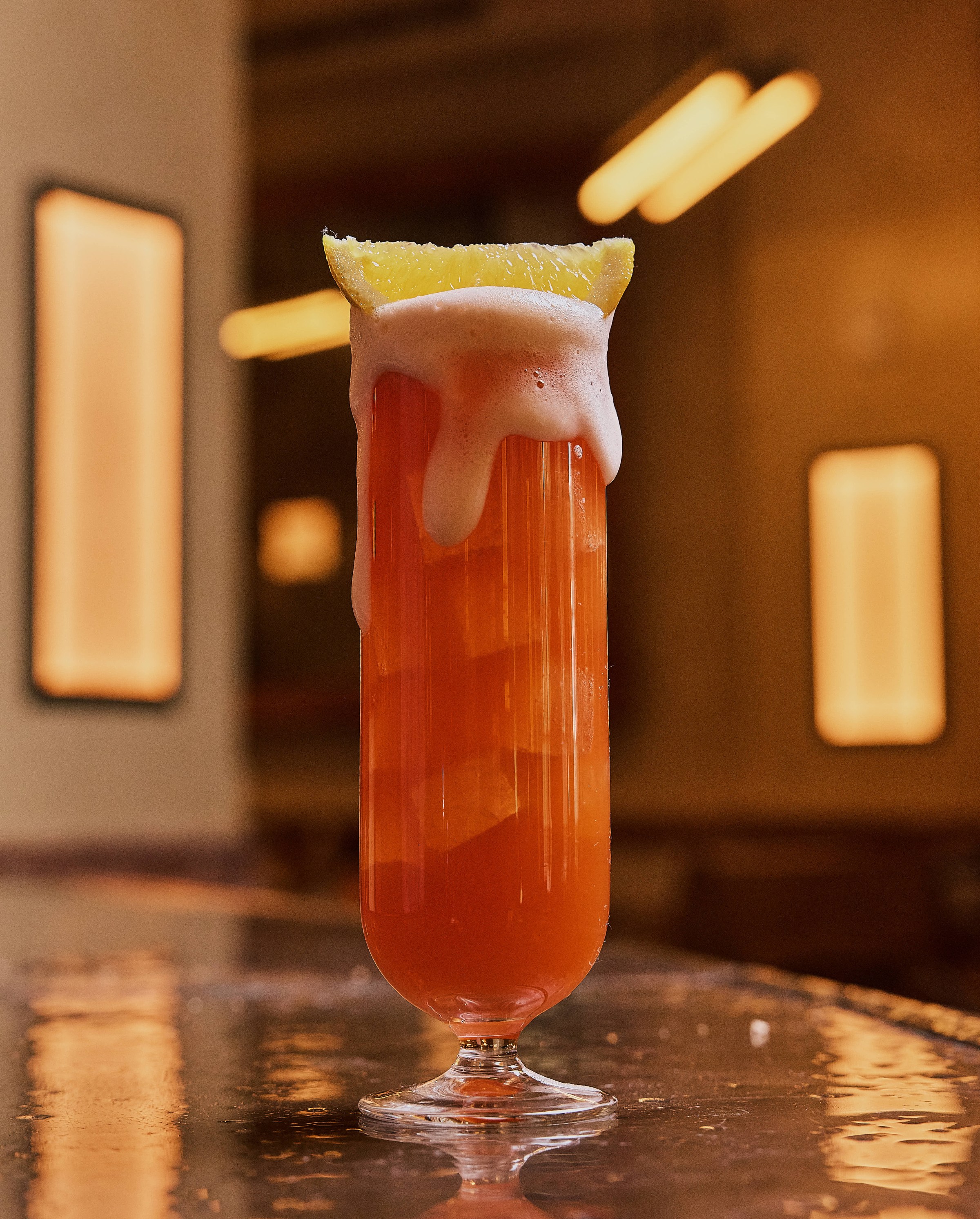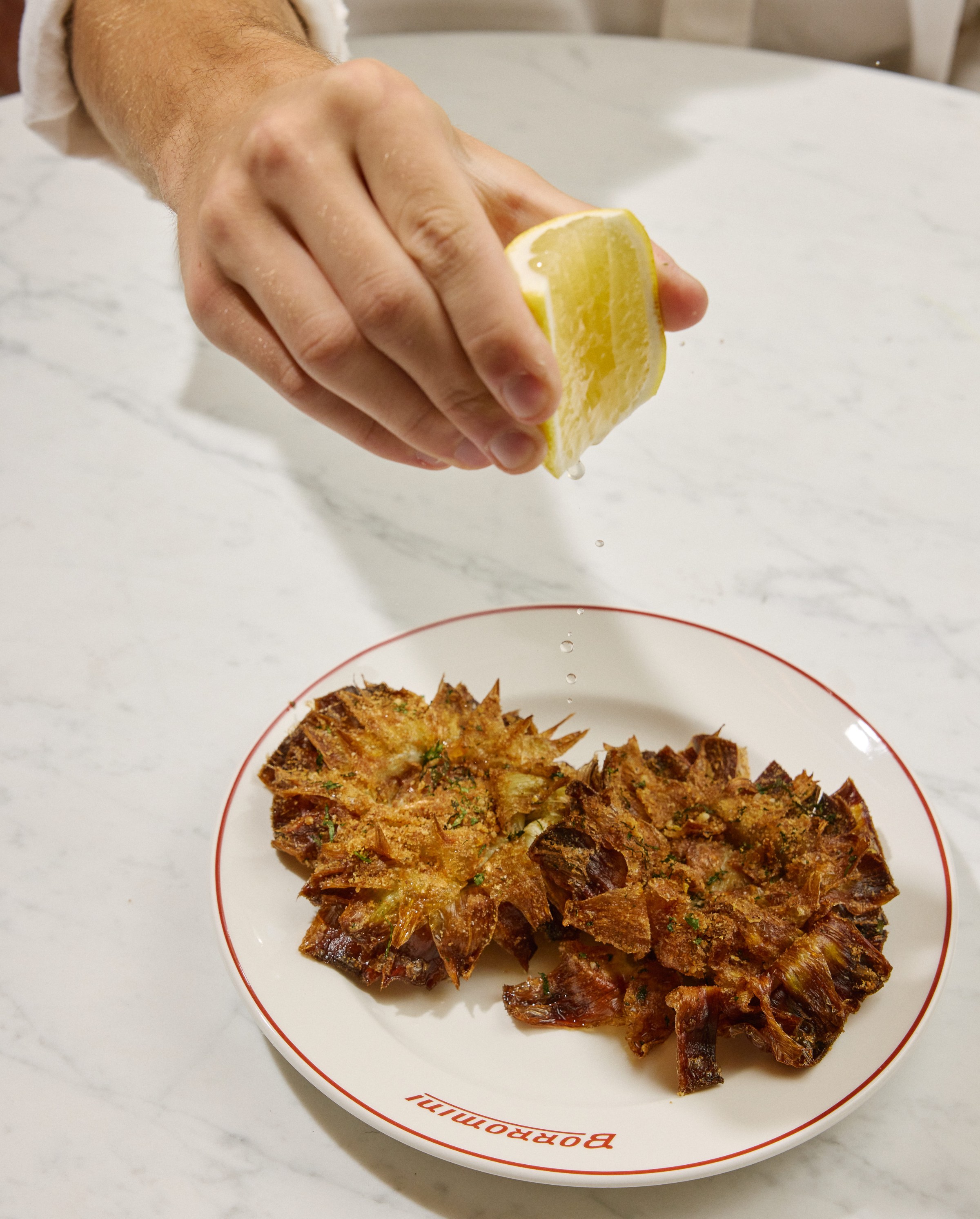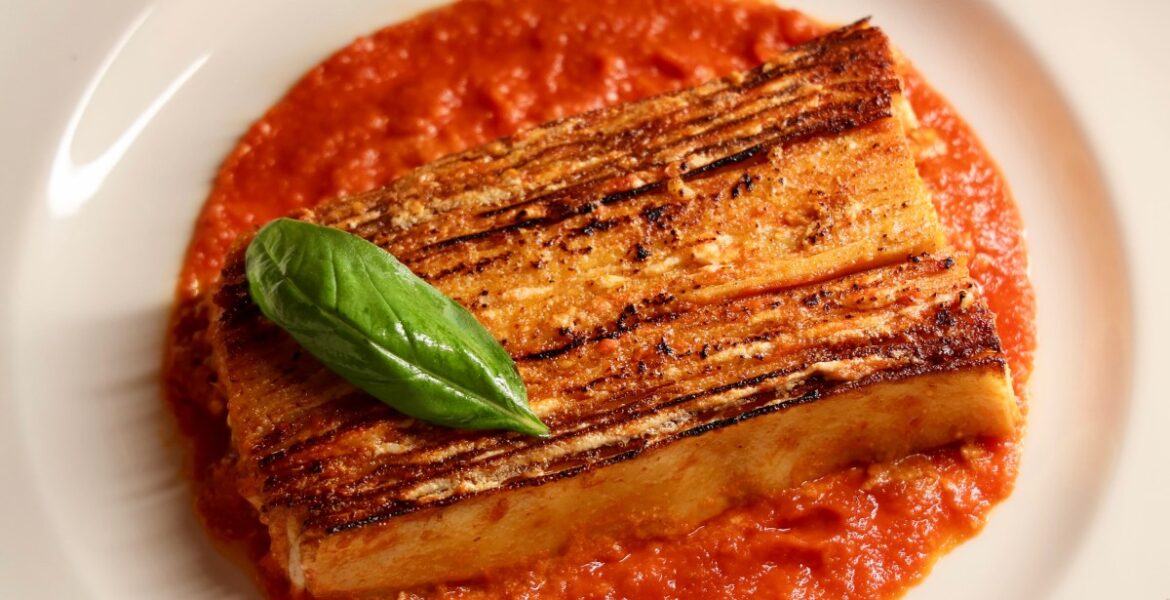Since well before it opened in August, Borromini, at 1805 Walnut Street, has been a point of discussion among people who are following the restaurant scene in Philly. One of the city’s most well-known restaurateurs, Stephen Starr opened his 20th restaurant in town last month, boasting a $20 million price tag, along with consultation from high-profile chefs like Mark Ladner and Nancy Silverton, along with restaurateur Keith McNally. That it rolled out in such a conspicuous location made speculation inevitable.
Its debut was perhaps more star-studded than expected. Starr threw an opening party sponsored by Capital One, and former president Joe Biden himself ate at the restaurant within days of its opening. In a city where restaurants tend to skew more homegrown, it was notable.
But does it live up to the hype?
Starr’s legacy in Philadelphia is significant. He got his start here in the 1990s with Morimoto, and expanded his Philly empire to include stalwarts like Parc, and newer, clubbier rooms like LMNO. These days, he has restaurants all over the country, and while it might seem obvious in an era of dining where so much is designed for Instagram, he was among the first to create restaurants where the visuals, service, and experience are as important as the food. Eater stopped by a few weeks after opening to check it out. Here’s our full report.

Inside Borromini. STARR
Borromini glows like a beacon across Rittenhouse Square. Inside, the restaurant spans two floors, each with its own bar held for walk-ins, where we were able to snag a spot. With more than 200 seats, the restaurant is spacious but doesn’t feel cavernous, thanks to its bottle-lined walls, soft lighting, and thoughtful layout.
The space, which Philadelphians may remember as a Barnes & Noble (housing the only semi-public restroom accessible from your wine-soaked picnic in Rittenhouse Square), is completely transformed. The decor is reminiscent of Starr’s other popular Rittenhouse Square restaurant, Parc, but with exposed brick and wooden beams that feel a bit more casual. Service is where Starr’s restaurants typically thrive, and Borromini is no exception. Even at the bar, the service staff is efficient and attentive without being annoying.

The cocktails are well-made, reasonably priced (under $20), and they came out quickly. I was charmed by the mini martini, which is dirty and so cold it’s nearly frozen. I expected it to be less than an ounce, but I think its description as mini only stands up in comparison to Borromini’s other martinis, which are a generous four ounces or more. A Negroni was well-balanced, and the wine menu highlights interesting Italian varietals.
Two starring dishes on the menu reflect Starr’s relationship with chefs at other famous restaurants, both of which he happens to own, at least partially. First, we ordered the focaccia di recco, a crispy, buttery, cracker-like dish that’s typical of the town of Recco in Italy, but which has been made famous stateside by California chef Nancy Silverton. Starr just so happens to be partnered with Silverton on a D.C. restaurant and brought the dish to the people of Philadelphia. In it, two layers of thin dough are layered with stracchino cheese and baked until crispy, creating a quesadilla-like effect.
The other signature is the 100-layer lasagna (I counted 18 layers, just for the record), which is an updated version of the one made famous by Mark Ladner at Babbo, a New York City restaurant formerly co-owned by Mario Batali and Joe Bastianich. Years after the Batali sexual harassment scandal, Starr bought Babbo and plans to reopen it this fall under the culinary leadership of Ladner. In bringing back the 100-layer lasagna, Starr also brought back Batali’s most well-known chef.

The dish is meatless and surprisingly light, with fresh pasta layers slathered in bechamel sauce and a bright marinara sauce. It is made as a big slab, then cut and reheated in slices, creating a crispy edge that creates a welcome textural variation. These are the only two dishes on the menu that set the restaurant apart from other red sauce joints in Philadelphia, of which there are many.
Beyond those dishes, the one-page menu is divided into antipasti, insalate, pasta, contorni, and secondi.
We tried the tuna tartare, which we found unseasoned and pasty, and the fried artichokes, which we enjoyed for their salty crunch. The focaccia di recco ($26) is big for two people, while the meatball, while large, felt expensive at $27 for a single ball. Our spaghetti al limone ($21) was greasy and uninspiring.
The pasta section spotlights the three classic Roman pastas – carbonara, cacio e pepe, and Amatriciana – into a sub-section. I ventured beyond the callouts for spaghetti al limone ($21) that was greasy and uninspiring.
Since Borromini announced the opening, people have been calling it the Italian Parc, but it’s too early to tell if this restaurant will find a similar beloved status among Philadelphians. The price skews higher than Parc, especially with the inclusion of big-ticket items like a $125 steak and a $68 veal Parm. A meal for two with drinks ran $274.16, including tip. Borromini will soon open for breakfast and lunch, which happen to also be Parc’s best meals. Once the buzz dies down, Borromini may be a good option for those in-between moments: a drink and snack after work, a sneaky weekday breakfast, or a long, luxurious lunch.


Dining and Cooking